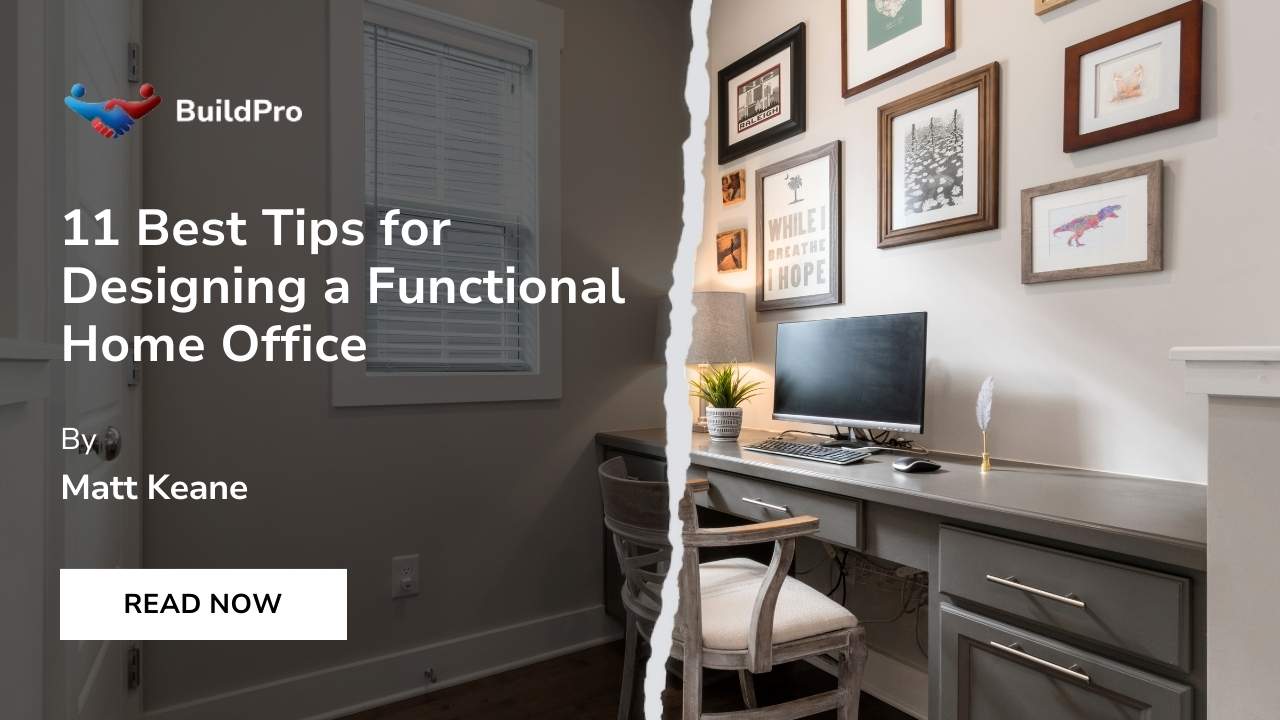Looking for the cost of attic insulation? Insulating your attic is one of the smartest upgrades you can make to your home in Ireland. Not only does it significantly enhance your home’s energy efficiency by keeping heat in during the winter and out during the summer, but it also makes your living space more comfortable throughout the year.
Additionally, proper attic insulation can lead to significant savings on your heating bills, and it may increase the value of your home by improving its energy rating. So, if you're looking to cut costs and boost comfort, attic insulation is a wise choice.
In this blog, we will help to discover varying factors, material costs, and DIY vs. professional installation.
Let's start exploring how much it might cost to insulate your attic and the benefits you can expect.
What Are the Cost Factors for Attic Insulation?
By understanding these factors, homeowners can better budget for their attic insulation projects.
Knowing whether to invest more upfront for long-term savings or opt for a less expensive option can influence your total expenditure.
House size and insulation material
The cost of insulating your attic in Ireland largely depends on the size of your attic and the type of insulation material you choose. Smaller homes might cost less to insulate compared to larger homes due to less surface area.
For instance, materials like fibreglass are generally more affordable and effective for standard attic spaces, whereas spray foam, which offers excellent airtightness and thermal resistance, tends to be pricier.
Installation complexity and labour Costs
The complexity of the installation can also significantly affect the overall cost. Simpler installations that involve lying rolls of mineral wool might not require as much labour and can often be done as a DIY project.
However, more complex installations, like fitting spray foam insulation, typically require professional installation to ensure it's done correctly and safely. Labour costs can vary widely, but the expertise brought by professionals ensures that the job meets building regulations and is effective in improving your home's energy efficiency.
What Are the Types of Insulation Materials and Their Costs?
By understanding the different types of insulation materials and their costs, homeowners can make informed decisions based on their specific needs and budget constraints.
Fibreglass insulation
Fibreglass is a popular choice for attic insulation due to its cost-effectiveness and reliable performance. It typically comes in rolls or batts that fit between attic joists, making installation straightforward.
Prices for fibreglass insulation vary, generally costing between €7.50 and €9.50 per square metre. This option provides good thermal resistance and is suitable for most homes, making it a practical choice for those looking to improve energy efficiency on a budget.
Spray foam insulation
Spray foam offers superior insulation and air sealing compared to other materials. It can be more expensive, with costs ranging from €24-€29 per square metre. However, its ability to expand and fill even the smallest gaps makes it highly effective at reducing energy loss.
This type of insulation is ideal for attics with irregular shapes or numerous obstructions, as it forms a continuous barrier against heat and moisture.
Mineral wool and other options
Mineral wool, another effective insulator, typically costs between €11.50 and €14.50 per square metre. It is denser than fibreglass and offers slightly better soundproofing properties.
Other options like rigid foam board and sheep's wool are available as well, with costs varying based on the material's quality and insulating properties. Sheep's wool, for example, is a sustainable choice that ranges from €23 to €31 per square metre, appealing to those looking for eco-friendly solutions.
What is the Difference Between DIY vs. Professional Installation?
By comparing DIY and professional options, you can decide which approach suits your skills, budget, and needs best. Remember, the effectiveness of your insulation greatly depends on proper installation, so weigh the pros and cons carefully.
DIY attic insulation
Taking on attic insulation as a DIY project can be an appealing option if you're handy and looking to save on labour costs. Many homeowners choose to install blanket-type insulation, such as fibreglass batts or rolls, because they are relatively easy to handle and lay down between the joists of an attic floor.
However, DIY installation requires careful attention to detail to avoid gaps and ensure the insulation is evenly spread, which is critical to its effectiveness. You'll also need to ensure you're adequately equipped with safety gear to handle insulation materials, which can be irritating to the skin and lungs.
Professional installation
Hiring professionals to insulate your attic might be more expensive upfront but can provide peace of mind through guaranteed quality and efficiency. Professional installers can assess your attic for any potential issues such as moisture or ventilation needs and can suggest the best type of insulation for your specific situation.
They also have the tools and knowledge to install more complex types of insulation, such as spray foam, which can provide better coverage and higher energy efficiency but requires precise mixing and application techniques.
Conclusion
Insulating your attic in Ireland is an investment that pays off, not just in enhanced comfort but also in significant energy savings and increased home value. Throughout this blog, we've explored the various costs of different types of attic insulation and weighed the benefits of DIY versus professional installation.
Whether you choose to tackle the project yourself or hire experts, ensuring your attic is properly insulated is key to a warmer, more energy-efficient home.
If you're ready to upgrade your insulation but need expert guidance or services, consider reaching out to BuildPro. Our experienced team is ready to help you optimise your home’s comfort and efficiency. Contact BuildPro today to get a better-insulated home.
















